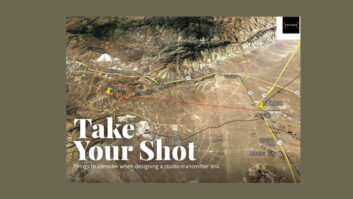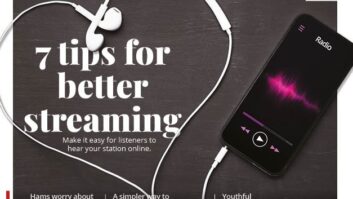
Listeners noticed the AM all-digital tests this week on Seattle’s KRKO and KKXA.
These last planned tests were in the largest market so far of the AM all-digital HD Radio technology. They were also the first to include 50 kW stations in a large market, and at a diplexed transmitter site.
This was the second location for daytime tests on a commercial station, according to owner Andy Skotdal. He took part in the tests, driving some 1,200 miles recording data, he tells me. Some of the other drivers were: KRKO and KKXA engineer Buzz Anderson, NAB’s David Layer, Hatfield & Dawson’s Jim Hatfield and Stephen Lockwood, Cavell Mertz’s Mike Rhodes, Nautel’s Jeff Welton, KGRG(AM)/FM) CE Jon Kasprick, and CBS Radio’s Tom McGinley, who’s also a technical advisor to Radio World.

Tower Array for KRKO(AM), Seattle. Photo by Andy Skotdal
We reported the stations were airing promos, asking for listener input during the Oct. 2–6 day and night tests. Skotdal tells me they received feedback via their email, Facebook and phone calls. They also received digital skywave reception reports from provinces in Canada, as well as places in Montana and Oregon.
Generally, those with radios that have HD Radio technology liked what they heard, Skotdal tells me. “Some said they heard the station with better clarity than with analog in the same location, some said they heard the station farther. Some said they had enough signal [that] they didn’t have to monkey with their AM antenna to get us and that the fading went away for them.”
Of course, not all the feedback was positive. Skotdal says a few listeners made the point that they only had analog radios, weren’t about to buy a new digital one, and wondered whether all-digital was going to happen next year. “We helped alter their perspective of the future over the next 10 years and told them they’d still be able to receive the station,” he tells me, meaning explaining that current hybrid digital radios can receive the all-digital signal.
You’ll note Skotdal was careful not to reveal actual data nor drive routes; NAB EVP/CTO Sam Matheny told attendees of the national SBE convention this week participants are crunching the data and preparing to present that information to the NAB Radio Board, which meets at the end of the month. NAB membership will determine whether to task the broadcast lobbying organization to press the case for all-digital AM authorization at the FCC.












